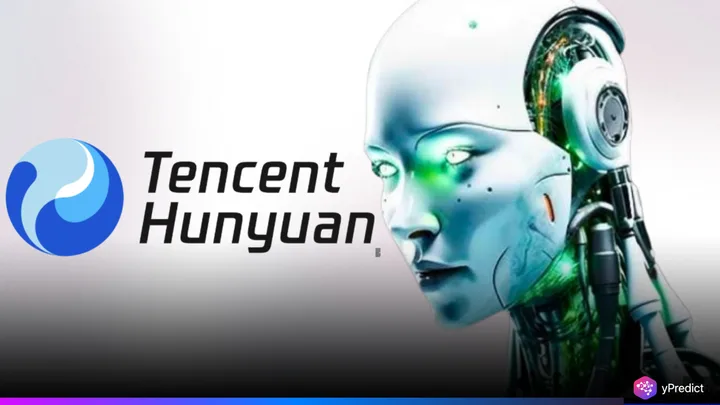
Tencent has unveiled Hunyuan-A13B, an open-source AI model designed to run powerful tasks even in resource-limited environments. The China-based tech giant released the model on GitHub and Hugging Face, making it freely available to developers and researchers worldwide. Built with 13 billion active parameters, it’s part of a growing wave of open-source AI tools gaining traction for their affordability and transparency.
Industry analysts say open-source adoption now spans 89% of companies globally. That shift is helping startups, universities, and smaller firms compete with tech giants. “It levels the playing field,” said Dr. Mei Lin, an AI researcher in Singapore. Tencent’s move reflects both a strategic national effort and a fast-evolving global AI landscape.
Inside Hunyuan-A13B, A Powerful, Efficient AI Engine
Hunyuan-A13B is designed to deliver top-tier performance with lower computational demands. It uses a Mixture-of-Experts (MoE) framework, activating only parts of its 80 billion total parameters based on the task. This helps cut processing time and energy use. The model includes a hybrid reasoning feature, adjusting how deeply it thinks depending on task complexity.
That means it won’t over-process simple inputs or underthink difficult ones. Another standout is its ultra-long 256,000-token context window, allowing the model to handle long documents, conversations, or complex multi-step instructions. Tencent has also included Grouped Query Attention (GQA), a method that clusters similar inputs to speed up responses.
“It’s fast and flexible,” said Kevin Zhou, a developer testing it for legal document analysis. Developers can choose from several versions, including pre-trained and quantized formats like INT4 and FP8, which allow smoother deployment on different hardware. The model is already compatible with Hugging Face’s training libraries, cutting integration time for tech teams.
Results, Adoption, and the Road Ahead
In benchmark tests, Hunyuan-A13B showed strong results in math, science, reasoning, and coding. It also performed well in agent-based tasks like simulation planning and interactive learning. Developers have praised its ability to balance speed with accuracy. Startups are already exploring it as a cheaper alternative to commercial models.
According to recent surveys, two-thirds of organizations report lower deployment costs when using open-source AI tools. However, Tencent’s model enters a crowded space, where offerings from Meta, Mistral, and Google already compete for attention. One concern is China’s limited AI workforce, just 39,000 researchers compared to over 78,000 in the U.S. “Open-sourcing helps close that gap,” said Professor Li Hong at Tsinghua University.
The company hasn’t yet announced plans for English instruction-tuned versions or integration into WeChat, but researchers expect further releases. Still, challenges remain, including infrastructure limits for users without access to high-end chips. Experts believe that Tencent’s broad distribution strategy may help surface new use cases in education, healthcare, and small businesses.
Tencent’s Open-Source Push Signals a Global AI Shift
Tencent’s release of Hunyuan-A13B reflects a wider transformation in how AI is built, shared, and scaled. It also highlights China’s strategic push to become a leading AI power. As more developers turn to open-source tools, the model’s impact may stretch far beyond Tencent’s traditional markets.
Analysts say 85% of enterprises will use open-source AI models by 2025. That makes Hunyuan-A13B not just a technical release, but a signal of how the future of AI may unfold. With efficiency, scale, and global accessibility at its core, the model underscores a growing belief: AI doesn’t need to be closed or costly to be cutting-edge.






